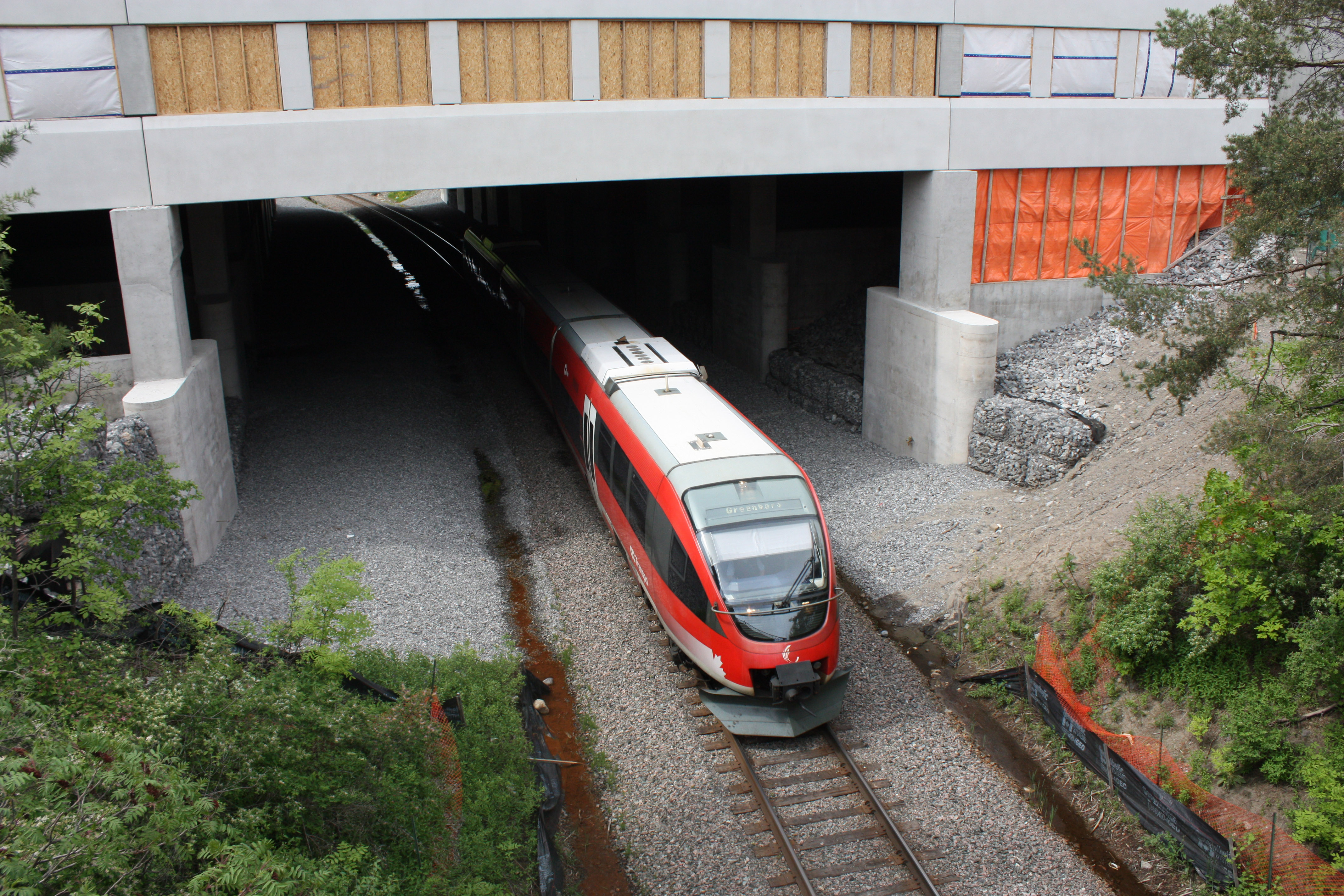The O-Train Trillium line will be closed for 16 months, from the end of exams in April 2020 to September 2021, which will affect Carleton students and staff.
The closure is to expand the O-Train line south to Bowmansville Road and the Ottawa International Airport by 2021. There will also be additional stations at Gladstone, Walkley, and South Keys.
The City of Ottawa will also expand the O-Train east to Trim Road by 2022, and to the Bayshore Shopping Centre and Algonquin College by 2023.
David Chernushenko, the city councillor for the Capital Ward, which includes Carleton, said there will be disruption for students and the public, but construction is necessary.
“There was going to have to be closure no matter what,” Chernushenko said. “Safety rules require that there be no work on a track when there are active trains running.”
He said closing the O-Train one time will lead to more efficient construction and communication with the public.
“If you’re going to tell customers O-Train service is down and there’s alternative bus service, you might as well just do it once,” he said.
The closure is part of the second stage of the construction of Ottawa’s light rail transit system (LRT).
The LRT is expected to cost $3.6 billion in total, an increase from the previously estimated $3 billion.
“The best construction season is during the summer months,” Chernushenko said of the timing. “The fewest number of riders, both student and regular working commuters, is during the summer.”
“A big effort is being made to offer a really good bus service so that people who rely on transit will still have it,” Chernushenko said. The 107 bus will replace the O-Train during the shutdown.
Steven Reid, Carleton’s media relations officer, said in an email the university is working to inform the Carleton community about changes to Ottawa’s transit.
“It is not a Carleton project. At this point in time, we have not received any feedback from students or staff regarding this project,” he said.
The O-Train bridge over the Rideau River will be renovated as well, according to Chernushenko.
“They’ll need to rebuild that bridge up to code and ensure that it meets all construction standards,” he said.
Chernushenko said the city is also looking to add a pedestrian bridge alongside the O-Train.
“There’s a lot of people for whom a proper cycling and pedestrian bridge over that section of the river would be extremely attractive and allow them to be less dependent on vehicles,” he said.
O-Train ridership was 2.1 million passengers annually and 10,300 riders daily in 2014, according to the OC Transpo website.
“It’s going to be pretty disruptive for students,” said Sierra Tallen, a second-year law student who takes the O-Train daily. “It will be beneficial in the long run but at the time it will not be very useful.”
“It takes a lot longer to take the 107 [bus] than the O-Train so it’s very inconvenient,” she said.
“I think it’s also going to affect where people decide to live,” said Naomi Kaminski, a second-year criminology student. “If you can’t get to school by the O-Train, it’s going to affect where people want to live and rent.”
Chernushenko said despite the construction’s impact, it will result in an “enormous benefit” for students.
“You’re going to have new stations and more frequent service and more reliable service,” he said.
– File photo






